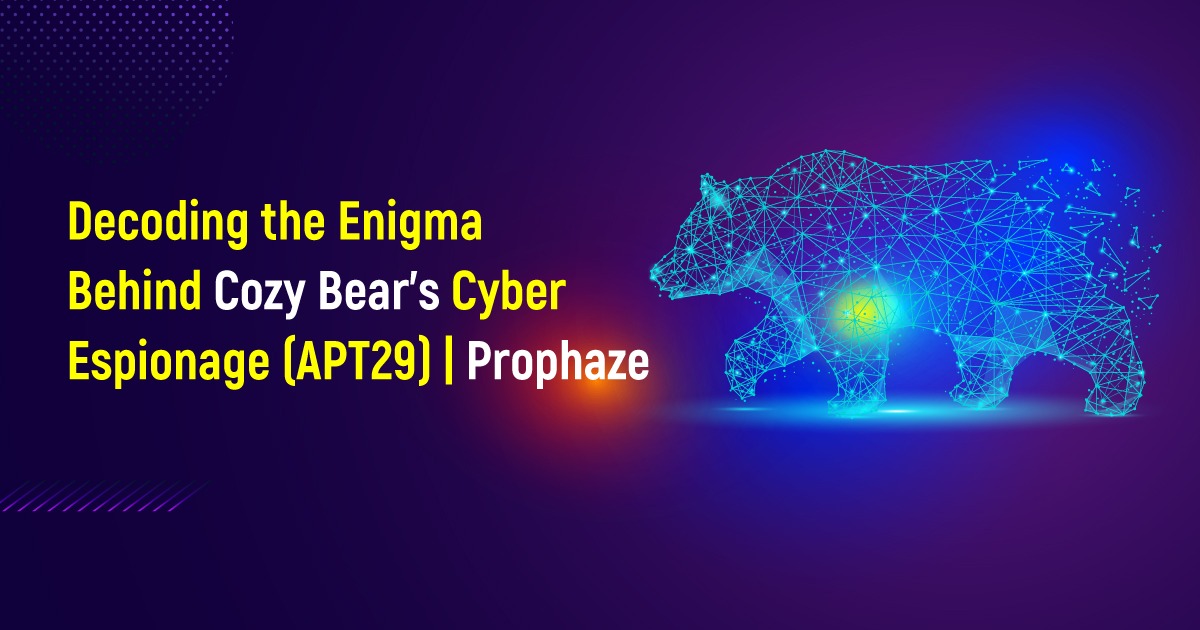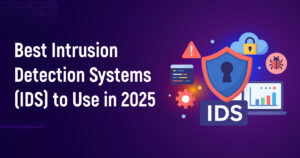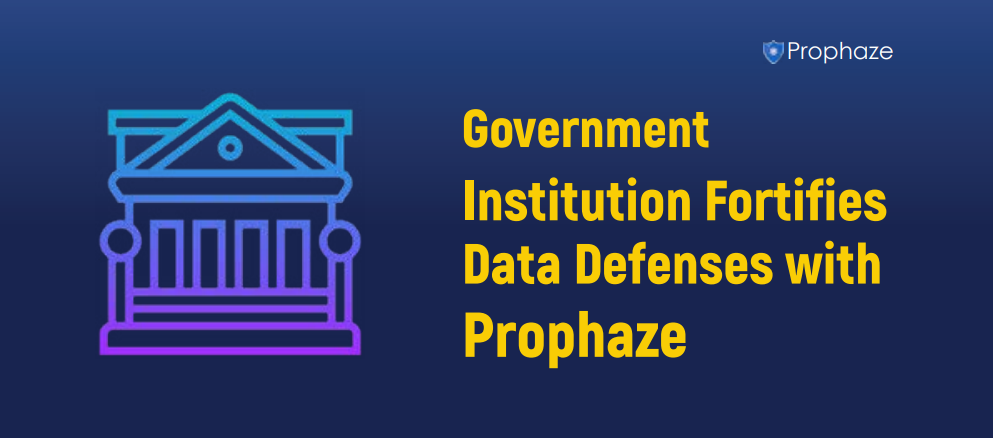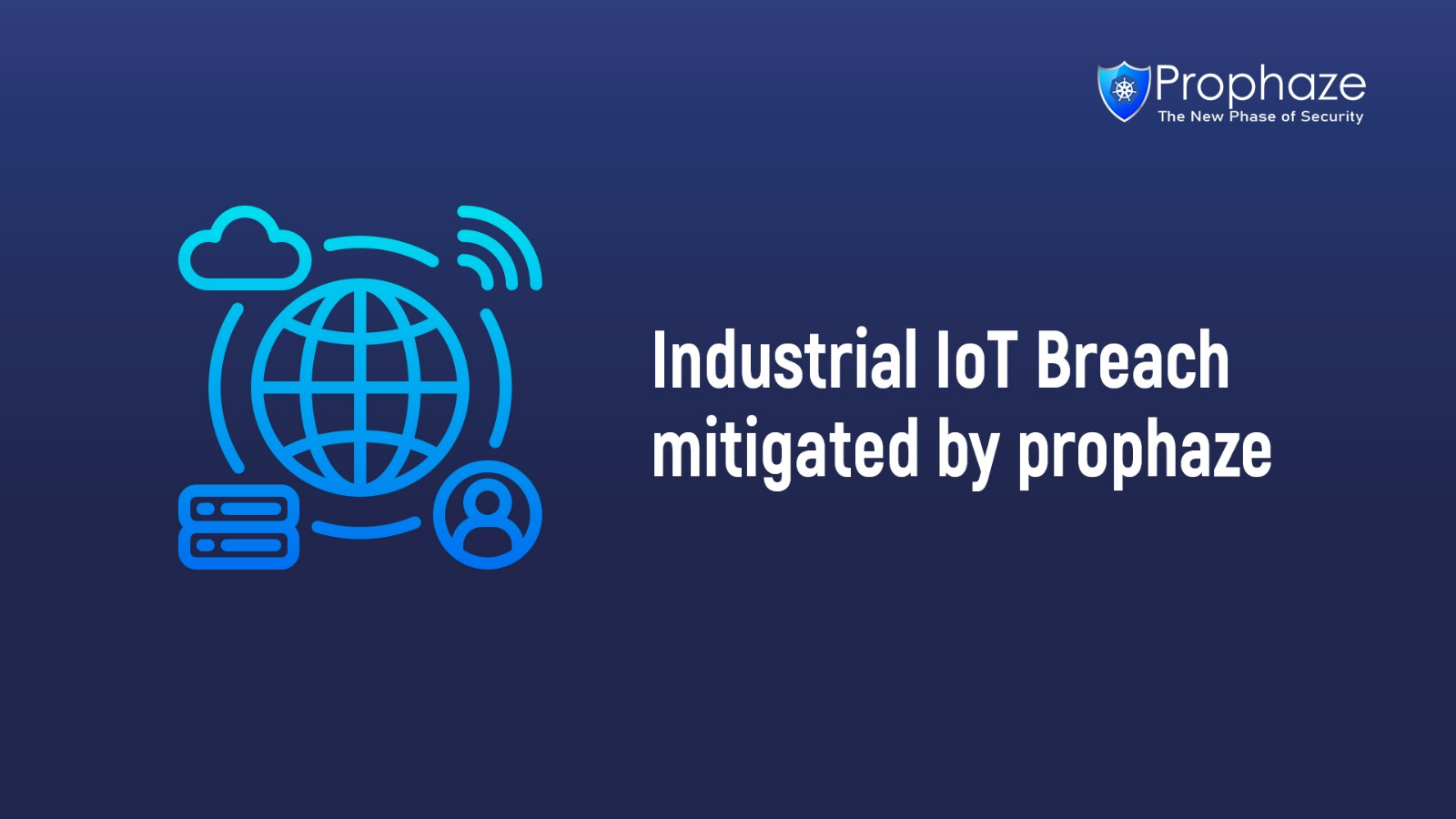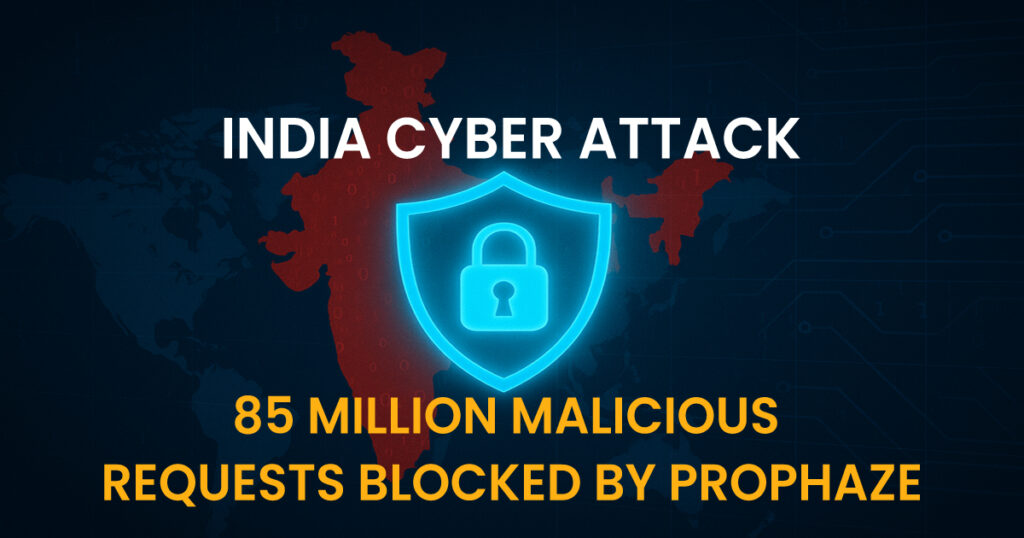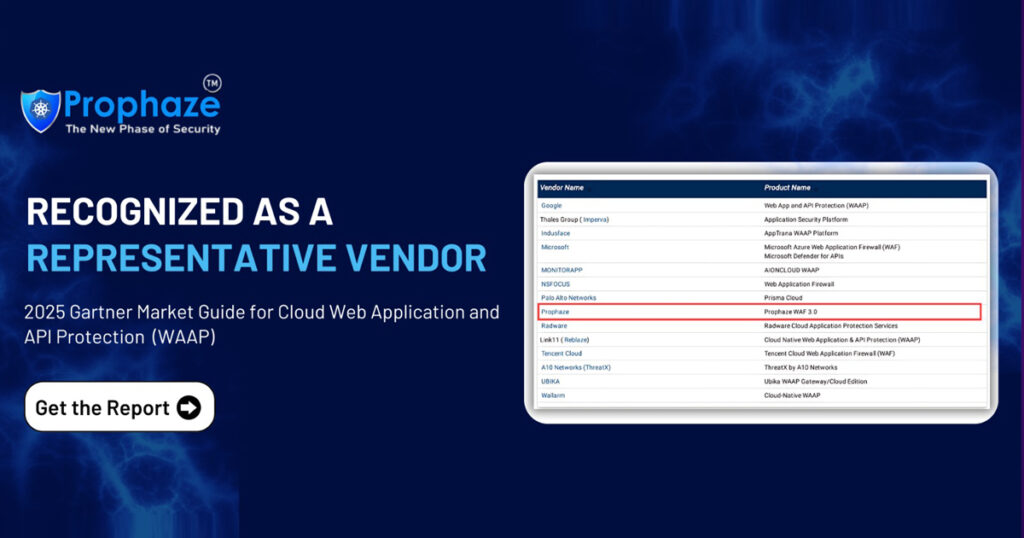In an ever-evolving cybersecurity threat, APT29, also known as Cozy Bear, is a dangerous state-sponsored cyber-espionage network linked to the Russian government. Since its emergence in 2008, APT29 has been associated with several high-level cyber attacks and potential threats. It is important to understand the complexity of APT29 techniques, methods, and procedures (TTPs) to strengthen countermeasures defenses.
Background of APT29
Believed to be linked to the Russian Federal Security Service (FSB), through long and sustained campaigns, APT29 has left its mark on cyberspace The group’s targets range from government agencies to military organizations and internationally companies, and they often carry out attacks over the years One of the most infamous incidents involving APT29 was the 2016 hack by the Democratic National Committee (DNC), which highlights the group’s ability to overstate high targets.
Tactics, Techniques, and Procedures (TTPs) of APT29
Understanding the TTP of APT29 is essential for developing effective cybersecurity strategies. APT29 uses various methods, including:
Spear Phishing:
APT29 uses sophisticated spear-phishing emails to distribute malware or steal credentials. Designed for a specific goal, these emails seem legitimate and often mislead even the most cautious.
Waterhole Attacks:
APT29 uses waterhole attacks by accessing websites frequented by the target. By compromising these websites, the group can install the downloaded malware on the victim’s computer.
Backdoor Malware:
APT29 relies on custom backdoor malware modeled after the Hammertoss and CozyDuke malware families to stay on target networks.
Remote Access Trojans (RATs):
APT29 uses remote access Trojans such as CosmicDuke and SeaDuke to gain remote access to the target computer, facilitating data extraction.
Impact of APT29 Attacks
The impact of APT29 attacks can be significant, with the primary purpose of stealing sensitive information. This can include government and military secrets, intellectual property, or personal information that reflects national security and finances. Which enables unconscious action, increasing the potential for consequences for the victim.
Protecting Against APT29 Attacks

Cybersecurity measures to protect against APT29 attacks should include:
Implement email protection:
Use anti-spam filters and anti-phishing solutions to detect and block spear-phishing emails.
Updating software:
Update software and operating systems regularly to reduce the risk of exploiting known vulnerabilities.
Use Multifactor Authentication (MFA):
Use MFA to prevent unauthorized access and reduce the risk of certificate theft.
Network segmentation:
Use network segmentation to increase the spread of malware in case of a breach.
Employee Training:
Conduct cybersecurity training to help employees identify and report suspicious activity such as phishing emails.
APT29 Exposed and the Imperative for Cyber Resilience
Prophaze all in one solution is committed to strengthening digital security, and it’s important to stay abreast of APT29’s strategy. By implementing security measures and fostering a culture of cyber literacy, organizations can greatly reduce the risk of being a victim of APT29’s sophisticated cyber espionage campaigns Hopefully, security measures a prompt action and ongoing investigations are essential to protect sensitive information from these persistent threats.

